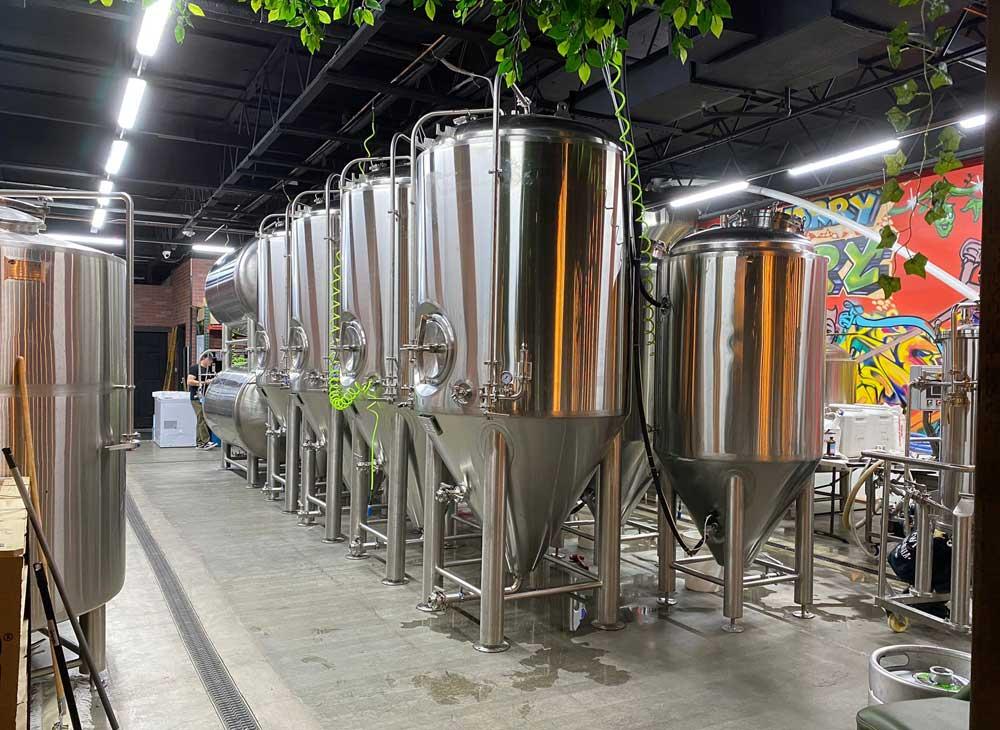
Fermentation is a key step in the brewing process, turning wort into beer. There are several different types of fermenters, each with its own advantages and disadvantages.
Open fermenters
Open fermenters are the traditional method of fermenting beer. They are usually shallow, wide tanks with no lids that allow easy access to the beer during fermentation. One of the main advantages of open fermenters is the ability to easily observe and control the fermentation process. In addition, open fermenters allow for natural carbonation and flavor development. However, open fermenters are also more susceptible to contamination and, due to their large size, must have a lot of space.
Closed fermenters
Closed fermenters are usually cylindrical vertical tanks with airtight lids. These fermenters are designed to reduce contamination and protect the beer from the effects of oxygen. One of the main advantages of closed fermenters is the ability to control temperature and pressure during the fermentation process, resulting in better consistency and quality of the final product. However, closed fermenters can also be more expensive and must undergo more maintenance due to the need for proper sanitation and seal maintenance.
Conical fermenters
Conical fermenters are becoming increasingly popular in the brewing industry due to their versatility and ease of use. They are typically cylindrical tanks with a tapered bottom, which makes it easier to collect and remove yeast and other sediment during the fermentation process. One of the main advantages of conical fermenters is their ability to handle a variety of beer styles and fermentation techniques. In addition, they are often equipped with cooling jackets or other temperature control systems that help maintain a consistent fermentation temperature. However, conical fermenters can be more expensive than other types of fermenters and may have to have additional equipment, such as pumps or transfer systems.
Unit fermenters
Unit fermenters are versatile fermenters that can be used for both primary and secondary fermentation. They are usually cylindrical vertical tanks with closed tops and bottoms and are usually equipped with cooling jackets or other temperature control systems. One of the main advantages of combination fermenters is their ability to handle many fermentation steps in one tank, which saves space and reduces the risk of contamination during transfer. However, co-tank fermenters can be more expensive than other types of fermenters and may have to have more equipment, such as carbon stones or transfer pumps.
In summary, the choice of fermenter depends on several factors, including the type of beer being brewed, available space, and budget. Each type of fermenter has its advantages and disadvantages, and the best choice will depend on the brewery's specific needs. By considering these factors, brewers can choose a fermenter that will help produce a high-quality beer while staying within budget and meeting their production goals.
Still have a problem on choosing the brewery equipment? We can help with your final decision. If you are looking for a turnkey solution for craft beer brewing system, please contact us. We are looking forward to working with you. Send an email now: [email protected]


.jpg)





Get A Quote